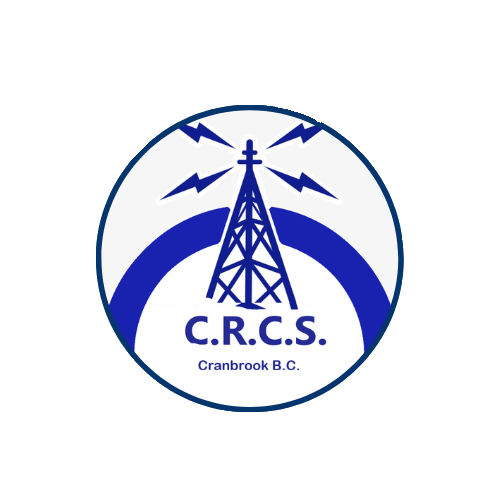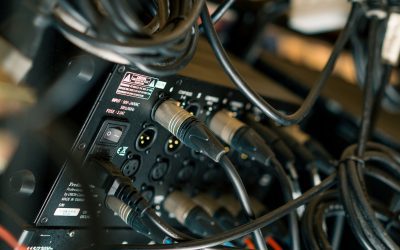Winter Field Day (WFD) offers amateur radio enthusiasts a unique challenge and opportunity to test their skills under some of the most extreme conditions of the year. Held annually on the last full weekend of January, this event encourages operators to set up and operate in the field, battling the elements to maintain communication. Success requires careful planning and preparation, particularly in cold weather environments. Here’s your comprehensive guide to thriving in Winter Field Day.
Why Participate in Winter Field Day?
Winter Field Day is about more than just making contacts. It’s an opportunity to:
-
Test Emergency Preparedness: Gain experience setting up and operating in harsh conditions.
-
Enhance Operating Skills: Develop expertise in handling adverse weather impacts on equipment and operations.
-
Foster Camaraderie: Connect with fellow radio enthusiasts in a spirit of collaboration and friendly competition.
-
Challenge Yourself: Push personal and technical limits to accomplish effective communication despite the elements.
Preparation: The Key to Success
Cold weather presents specific challenges for both operators and equipment. Here’s how to prepare:
1. Choosing the Right Location
Selecting an appropriate operating site is critical:
-
Sheltered Areas: Opt for a location that provides some natural windbreaks, such as a tree line or hills.
-
Accessibility: Ensure the site is reachable despite potential snow or ice.
-
Safety: Avoid areas prone to avalanches, falling trees, or extreme wind exposure.
Pro Tip: Scout the location ahead of time and plan for alternative sites in case of unexpected weather changes.
2. Weather-Appropriate Clothing and Gear
Staying warm and dry is essential for maintaining focus and avoiding hypothermia. Consider:
-
Layering: Use a moisture-wicking base layer, insulating mid-layer, and waterproof outer layer.
-
Footwear: Insulated, waterproof boots with thermal socks are a must.
-
Accessories: Don’t forget gloves, a hat, and a scarf or balaclava to cover exposed skin.
-
Emergency Gear: Pack a space blanket, hand warmers, and a first-aid kit.
3. Managing Battery Life in Cold Weather
Cold temperatures can drastically reduce battery performance. Maximize longevity by:
-
Pre-Warming Batteries: Store batteries in insulated pouches or pockets to keep them warm.
-
Using Lithium Batteries: Lithium-based batteries perform better in cold conditions compared to alkaline or NiMH.
-
Carrying Spares: Always have fully charged backup batteries on hand.
-
Power Management: Use low-power modes or alternate equipment to conserve energy.
Pro Tip: If operating for an extended period, consider solar panels or portable generators for recharging.
Equipment Setup: Battling the Elements
1. Setting Up Antennas in Snowy Conditions
Proper antenna setup is crucial for effective communication. Follow these tips:
-
Use Lightweight Antennas: Fiberglass poles and wire antennas are easier to handle in snowy environments.
-
Snow Anchors: Secure guy wires using snow stakes or weighted bags to maintain stability.
-
Ice Prevention: Apply anti-icing sprays to antenna components to reduce ice buildup.
-
Height Advantage: Elevate antennas above the snow line to prevent signal obstruction.
2. Protecting Coaxial Cables
Coaxial cables are vulnerable to freezing and moisture. Ensure:
-
Waterproofing: Seal all connections with self-amalgamating tape or coaxial sealant.
-
Routing: Avoid sharp bends, which can crack the cable sheath in cold weather.
-
Insulation: Wrap cables with foam or other insulating materials to prevent freezing.
3. Operating From a Shelter
Set up a temporary shelter to protect yourself and equipment:
-
Tents and Tarps: Use weatherproof materials to create a barrier against wind and snow.
-
Heating: Portable heaters or propane stoves can provide warmth but ensure proper ventilation to avoid carbon monoxide poisoning.
-
Table and Chairs: Elevate equipment off the ground to protect it from snow and moisture.
Operating Tips for Winter Field Day
1. Maximizing Band Usage
Winter Field Day allows for a wide range of frequencies and modes. Optimize your setup by:
-
Monitoring Propagation: Use tools like VOACAP and DX Maps to identify active bands.
-
Diversifying Modes: Operate on voice, CW, and digital modes to maximize points.
-
Flexibility: Be prepared to switch bands and frequencies as conditions change.
2. Team Coordination
Operating as a team enhances efficiency and safety:
-
Division of Labor: Assign roles for logging, operating, and equipment management.
-
Scheduled Breaks: Rotate operators to prevent fatigue and maintain focus.
-
Communication: Use handheld radios or cell phones for intra-team coordination.
3. Logging Contacts
Efficient logging ensures no contact is missed:
-
Paper and Digital Logs: Use both methods in case of equipment failure.
-
Backup Power: Ensure laptops or tablets have external power sources.
-
Organization: Record contacts systematically to avoid duplication.
Safety Considerations
Cold weather increases the risks of hypothermia and frostbite. Stay safe by:
-
Monitoring Conditions: Keep an eye on weather forecasts and prepare for sudden changes.
-
Staying Hydrated: Dehydration occurs even in cold weather. Drink plenty of fluids.
-
Emergency Plan: Have an evacuation plan and emergency contacts ready.
Post-Event Checklist
After the event, ensure:
-
Equipment Inspection: Check for damage caused by cold or moisture.
-
Log Submission: Submit logs promptly to ensure participation credit.
-
Cleanup: Leave your site as you found it to respect the environment.
Winter Field Day is a rewarding event that tests both skill and resilience. With the right preparation, equipment, and mindset, you can turn cold-weather challenges into a memorable experience. Whether you’re aiming for top scores or simply enjoying the camaraderie, Winter Field Day is a chance to embrace the spirit of amateur radio and showcase your capabilities.




